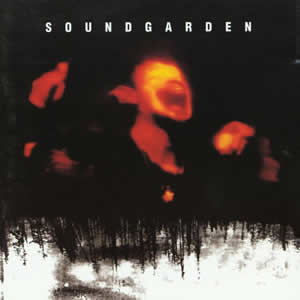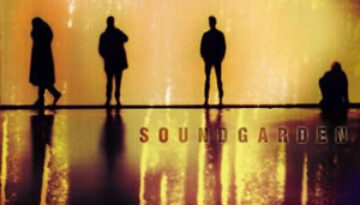Superunknown by Soundgarden
Buy Superunknown Although it was the group’s fourth overall release, Superunknown was the real breakthrough album for Soundgarden in 1994. This release was a critical and commercial success and the 15 track album, […]

Buy Superunknown Although it was the group’s fourth overall release, Superunknown was the real breakthrough album for Soundgarden in 1994. This release was a critical and commercial success and the 15 track album, […]

Buy Down on the Upside The climax of the group’s original success, Down On the Upside was a super-sized album by Soundgarden, one which would have been a double album in decades earlier […]

Buy Badmotofinger Laying the sonic foundation for their most successful run as a band, Soundgarden delivered their first of a trio of critically acclaimed albums with 1991’s Badmotofinger. The third studio release by […]